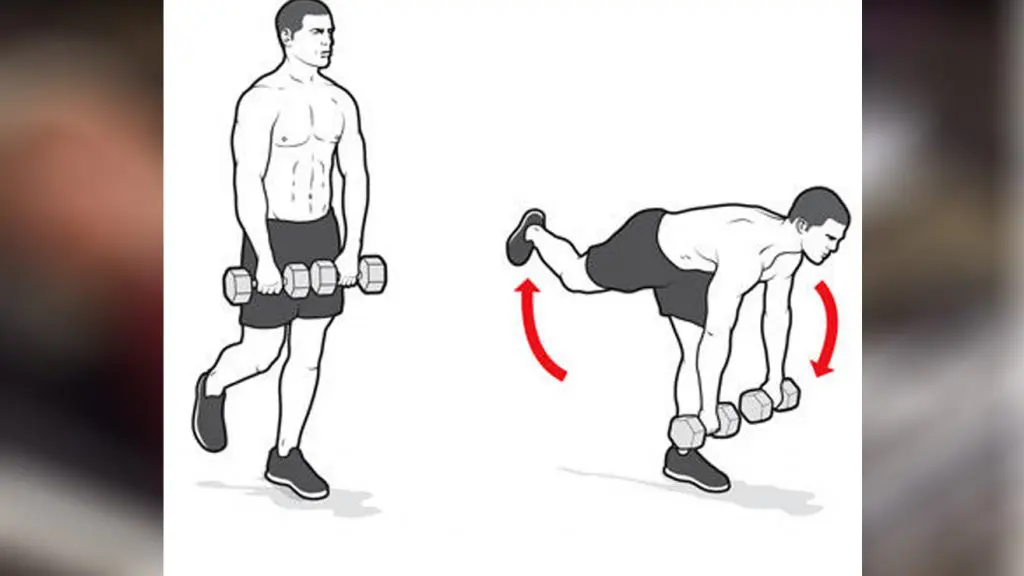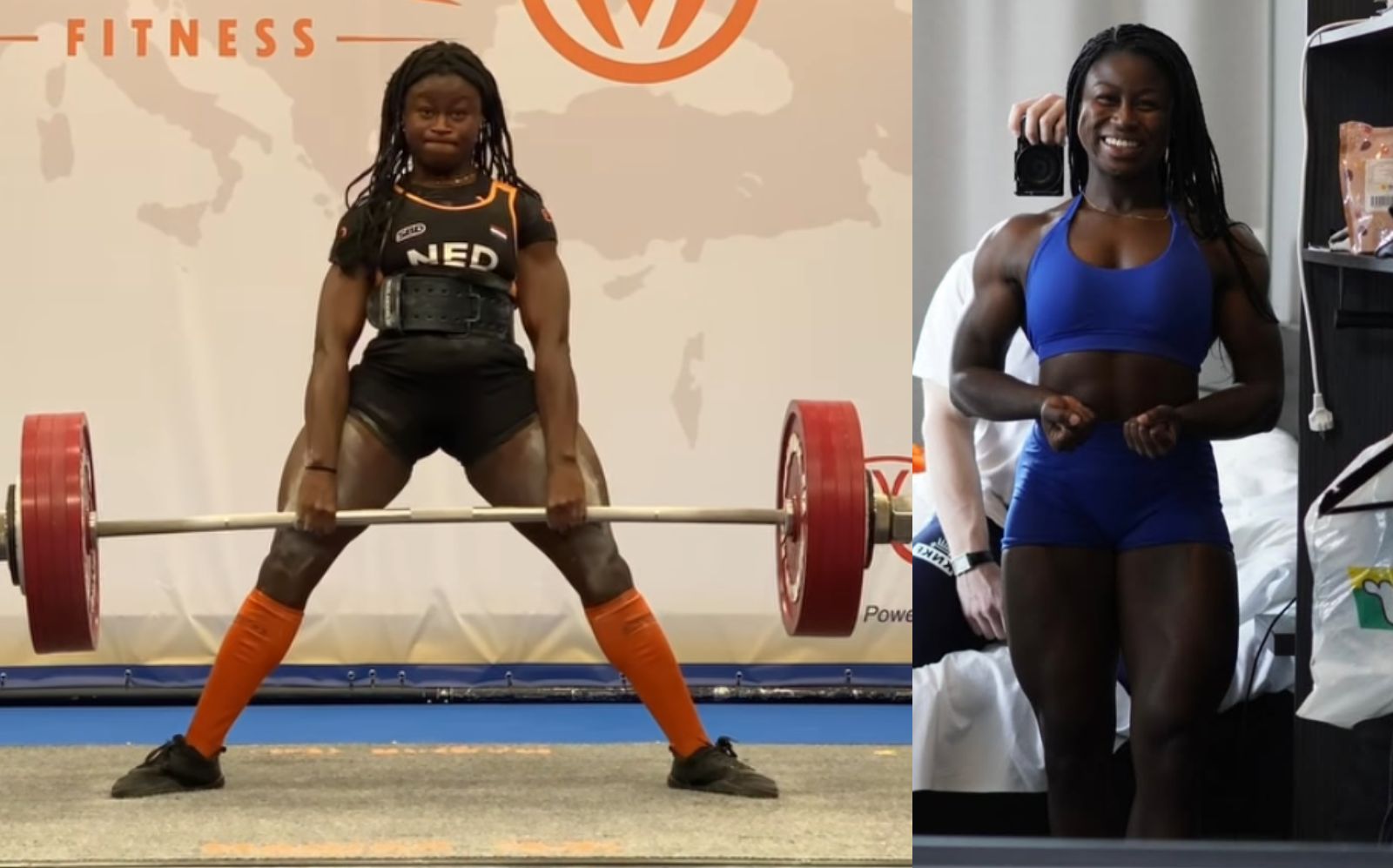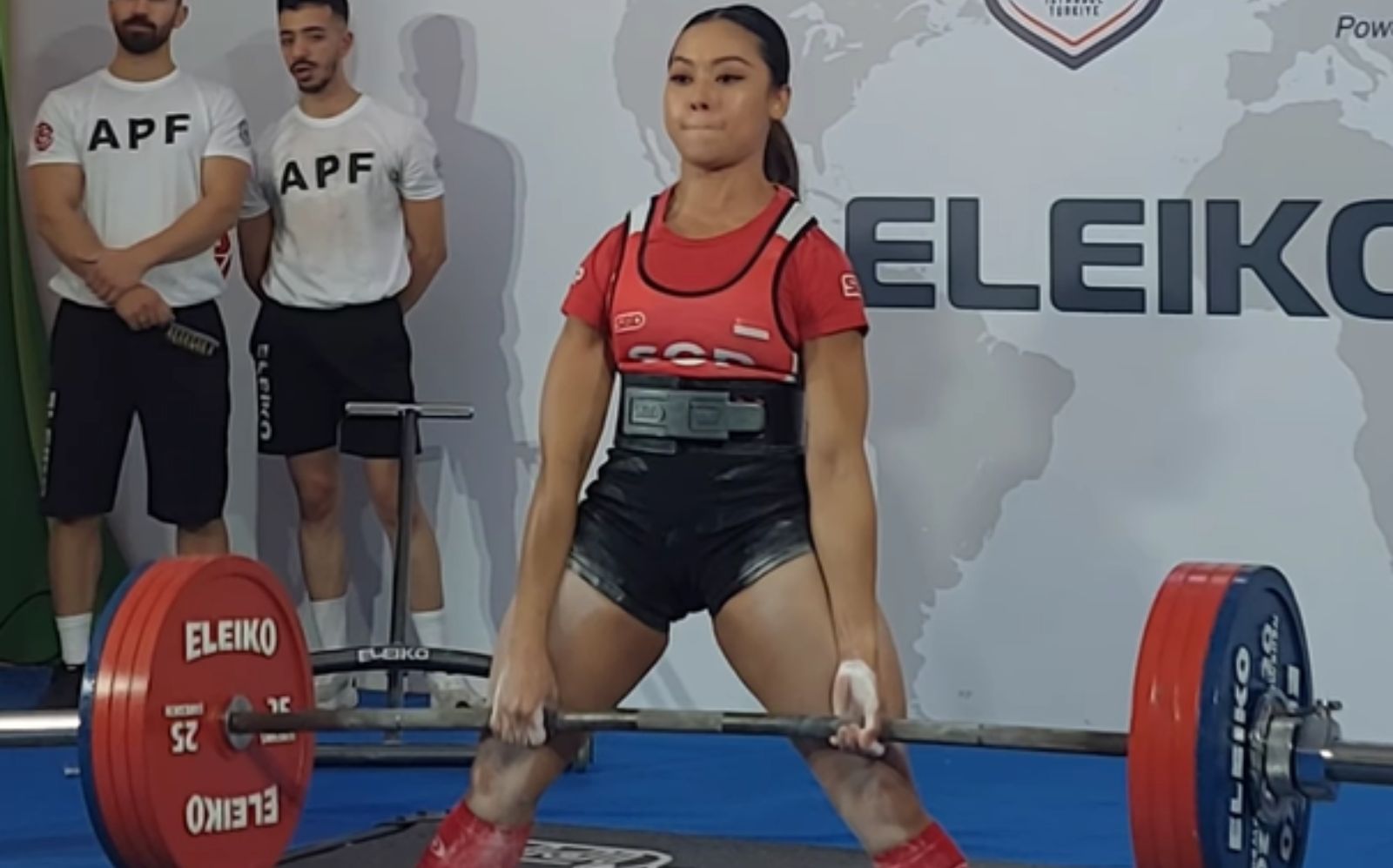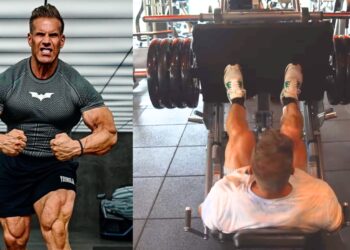The single-leg deadlift (SLDL) is a phenomenal movement which doesn’t often get the attention it deserves. Now, the barbell deadlift is, of course, the more prominent movement. But, the mechanics of unilateral training makes the SLDL a superior posterior chain exercise. (1)
So, you need to know how to utilize the single-leg deadlift to progress in your training and to see even bigger gains.
And there are a few variations to this exercise, so you could never get bored.
Here’s what you need to know about How to get the most out of the single-leg deadlift…

Single-Leg Deadlift: Muscles Worked
The single-leg deadlift is a true posterior chain (Backside of the body) movement. So, it works all of the associated muscles and even your core, due to the need for stabilization.
Muscles worked:
Level Up Your Fitness: Join our 💪 strong community in Fitness Volt Newsletter. Get daily inspiration, expert-backed workouts, nutrition tips, the latest in strength sports, and the support you need to reach your goals. Subscribe for free!
- Back
- Hamstrings
- Glutes
- Core
Single-Leg Deadlift Benefits
So, besides building muscle and strength; training one side at a time offers the benefit of unilateral development. Unilateral training corrects imbalances, improves balance, is beneficial for rehabilitation purposes, and builds a strong core. (2, 3)
SLDL’s develop stabilizer muscles and can contribute to improved athletic performance since the core is heavily involved in such activities.
And when you train one side of your body, a process called cross-education of muscles occurs; which means the opposite muscle is affected too.
This is the result of a neural stimulus.
Performing the Single-Leg Deadlift
- Hold a dumbbell in one hand while standing erect.
- Press the foot of the working leg firmly into the ground.
- Bend the knee of your working leg and lower the dumbbell until it reaches a few inches from the floor, by leaning your torso forward and down. Keep your back straight and lift the other leg up and back behind you as far as you can.
- Push through your heel to extend your torso back up and squeeze your glutes while thrusting your hips forward.
- Do as many reps as you desire.
- Repeat the movement with your opposite leg.
Important Technique Tips:
To perform this exercise safely and effectively, there are a few things you’ll need to keep in mind.
- Always keep your back straight, and never round it. This will prevent pulling a muscle and straining your lower back. But, it’s also important to keep tension on the posterior chain of muscles.
- Use your hips as a hinge when you bend forward and keep your working leg bent during the movement.
- Your non-working leg should lift as far behind you as possible to get achieve a full range of motion and extension.
- Keep everything tight to ensure a smooth and effective movement.
Variations
Single-leg Romanian deadlift
The Romanian deadlift is an interesting, yet very effective deadlift variation. So, the difference is that you’re not completing the full deadlift movement.
The exercise is executed by lowering the bar to your mid-lower leg (Between ankle and knee joint) that so you’re only doing a “deadlift” for the initial repetition.
Two-arm, single-leg deadlift
So, the movement itself is the same as the single arm deadlift, but you’re holding a dumbbell in both hands. It’s a great way to add more resistance to the exercise. Plus, you have a freer range of movement and still have to use your stabilizer muscles.
Barbell single-leg deadlift
The barbell version of this exercise can work great. And it’s kind of like doing the two-arm dumbbell variation but you’re locked in during the exercise since it’s a bilateral movement.
A barbell distributes the weight evenly, as opposed to a dumbbell where you have a freer range of movement. So, that’s the only difference and there shouldn’t be much change if any when doing this variation.
Cable single-leg deadlift
You can perform any variation of an exercise by using cables. And the great thing is there’s a constant tension applied to the target muscle group.
Now, to perform the exercise you’ll attach a single grip handle to the low notch on the pulley and execute the movement similar to using a dumbbell. There’s no significant difference here and the movement mechanics remain the same.
The Single-Leg Deadlift is an Excellent Tool
If you want to take your posterior chain development to the next level, then consider the single-leg deadlift. It’s a unilateral exercise which is effective for isolating one leg at a time and the carryover to functional activities is a definite bonus.
But, whichever variation you use, just make sure to maintain proper form for your safety. And follow the provided tips to get the most out of your training.








